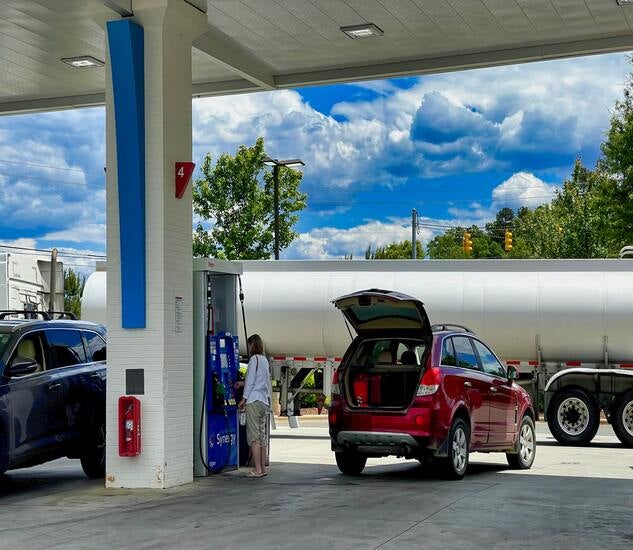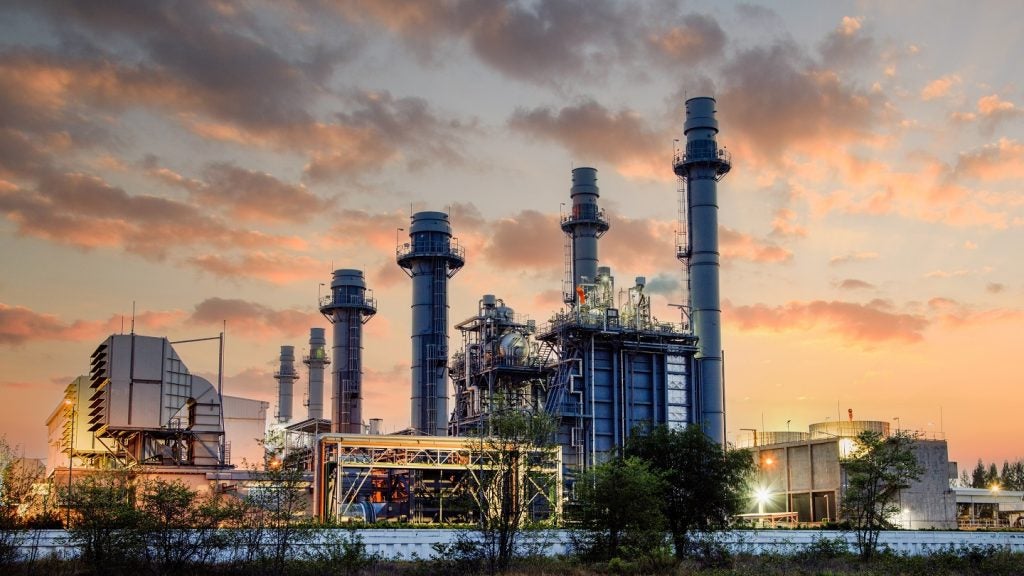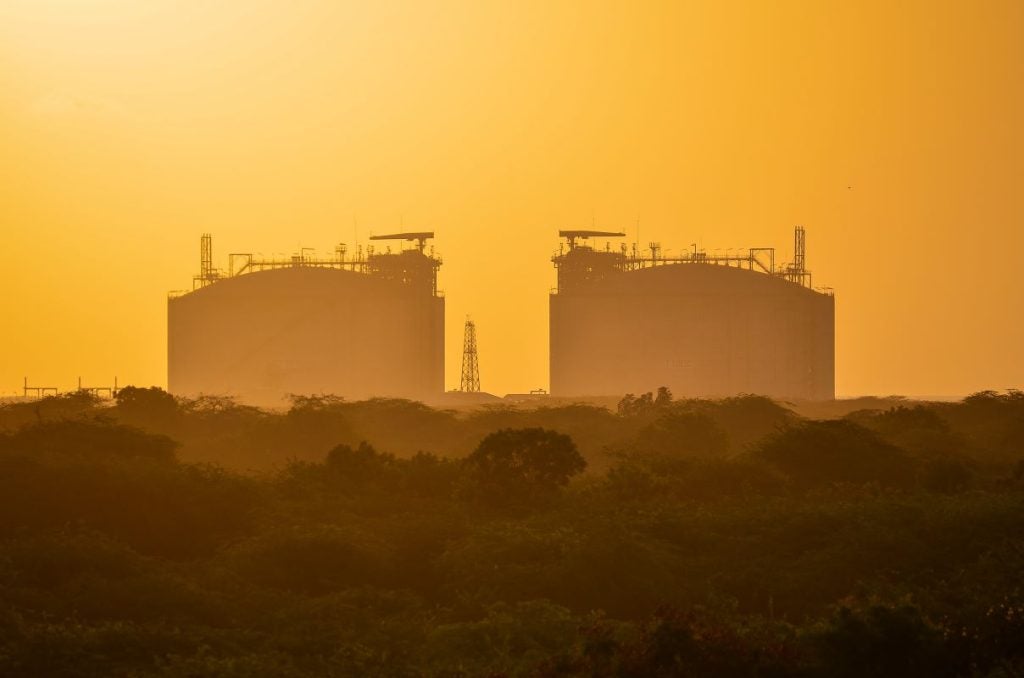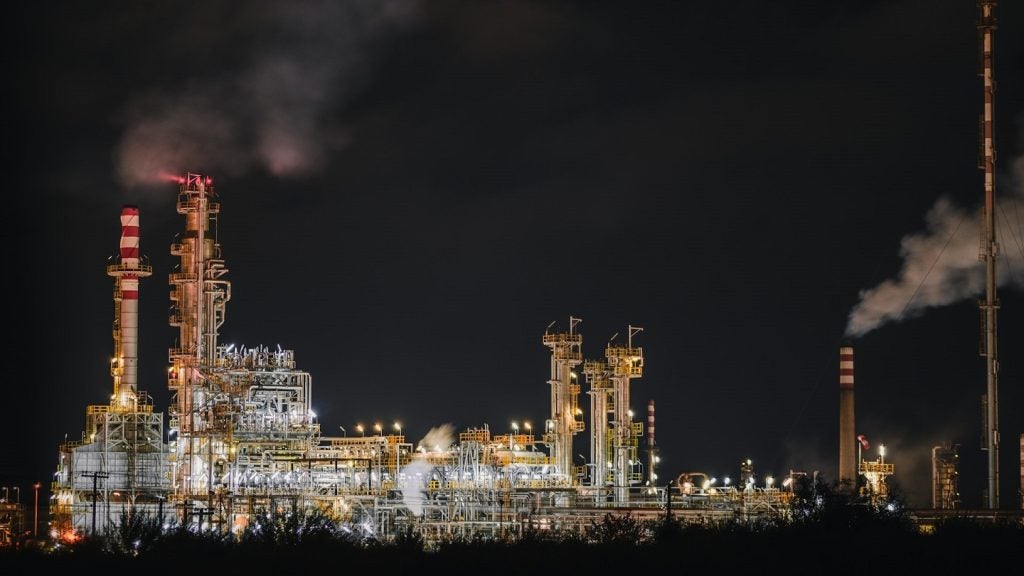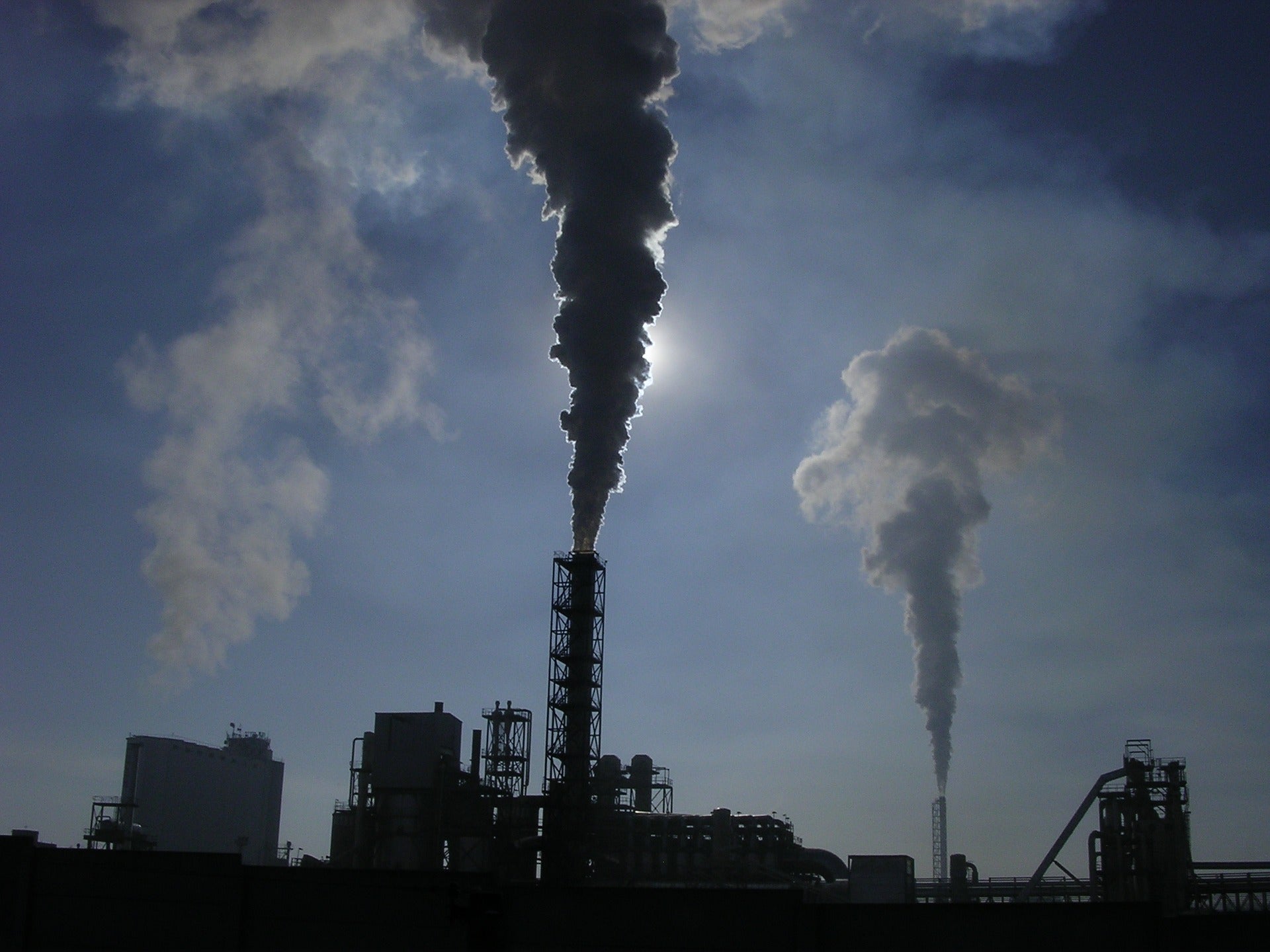
Canada-based Imperial Oil has unveiled plans to reduce greenhouse gas (GHG) emissions intensity from its oil sands operations over this decade.
The company aims to reduce the intensity of Scope One and Two GHG emissions from its operated oil sands facilities by 30% by the end of 2030, compared with 2016 levels.
How well do you really know your competitors?
Access the most comprehensive Company Profiles on the market, powered by GlobalData. Save hours of research. Gain competitive edge.

Thank you!
Your download email will arrive shortly
Not ready to buy yet? Download a free sample
We are confident about the unique quality of our Company Profiles. However, we want you to make the most beneficial decision for your business, so we offer a free sample that you can download by submitting the below form
By GlobalDataAs part of this plan, the company plans to use new technologies at its Cold Lake oil sands operation, tap into carbon capture and storage, and make efficiency improvements at its facilities.
Imperial Oil is currently on track to meet its goal of reducing Scope One and Two GHG emissions intensity by 10% at it operated oil sands facilities by the end of next year, compared to 2016 levels.
The company also reaffirmed its mission to achieve net-zero Scope One and Two GHG emissions in its oil sands operations by 2050. The goal is aligned with the Government of Canada’s ambition to achieve net-zero by 2050, to prevent the worst impacts of climate change.
Imperial president, chairman and CEO Brad Corson said: “We are making significant step changes by deploying a suite of lower-emissions solutions in our oil sands operations that help support Canada’s ambition for net-zero emissions by 2050.
“Our updated emission-reduction plans are challenging and require innovation and technology solutions, developed in collaboration with policymakers, industry and other stakeholders, to help accelerate deployment of lower-carbon technology.”
The firm had earlier achieved its target of reducing greenhouse gas emissions by more than 20% in its oil sands operations, between 2013 and 2016.
Imperial is a member of the oil sands pathways to net-zero alliance (Pathways), which aims to achieve net zero Scope One and Two emissions from oil sands operations by 2050.
ExxonMobil, which owns majority stake in Imperial, recently pledged to reach net-zero GHG emissions by 2050 at its oil and gas operations.


